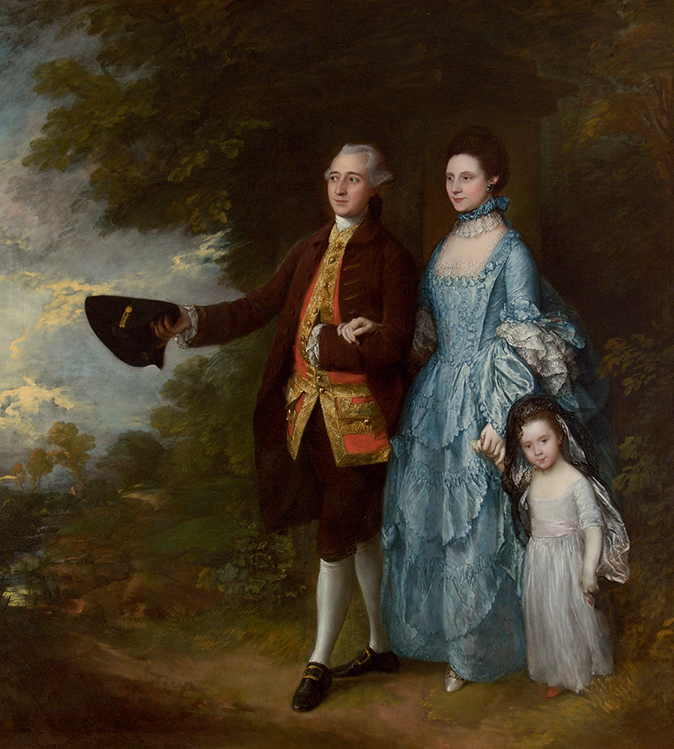My favourite painting: Jennifer Scott
'I find it inspiring to see how he blended these two elements to ensure both personal and client satisfaction'


The Byam Family, 1764, by Thomas Gainsborough (1727–88), 98in by 94in, The Holburne Museum, Bath.
Jennifer Scott says: Six years ago, in a lecture about Gainsborough, I described this as his most ambitious work. Now that I am lucky enough to spend most of my days in its company, I consider it to be one of the greatest paintings in the world. This exceptionally skilled artist professed to paint landscapes for pleasure and portraits for his profession. I find it inspiring to see how he blended these two elements to ensure both personal and client satisfaction! The result is a daringly large portrait (which he willingly updated after the couple, Mr and Mrs George Byam, had a daughter, Selina) set in a lyrical landscape.
Jennifer Scott is the Director of the Holburne Museum, Bath, where she has curated ‘Impressionism: Capturing Life’, until June 5
John McEwen comments on The Byam Family: When Queen Anne gave Bath her royal seal of approval with a visit in 1703, the city was run down. her initiative was quickly exploited by the gambling dandy ‘Beau’ Nash and another gaming entrepreneur, Capt Webster, who turned Bath into England’s answer to The Hague and Aix-les-Bains. By the time Thomas Gainsborough arrived from Ipswich in 1759, it had become today’s grand architectural showpiece, with all the diversions required to leaven the serious business of health improvement and profitable match-making.
David Garrick wrote: ‘I do this, & do that, & do nothing, & I go here and go there and go nowhere—Such is ye life of Bath.’ A popular pastime was to sit for a portrait. ‘It is well known, that no nation in the World delights so much in Face-painting, or gives so generous encouragement to it as our own,’ wrote Thomas Bardwell in 1756. During the 18th century, 160 artists worked in Bath, the majority portrait miniaturists. The most successful, like Gainborough, provided life-size portraits in oil on canvas and had a permanent show room as well as a ‘painting room’—the Italian word studio was a 19th-century introduction.
To dress fashionably was the rage, the clothes often more expensive than a picture. Gainsborough was well acquainted with the subject. his family was in the wool trade, his milliner sister joined him in Bath. The Byams typified prosperity: he was a beneficiary of an Antiguan sugar fortune, she the niece of the 1st Earl Bathurst. Gainsborough makes little Selina the touching counterpoint to adult splendour.
Exquisite houses, the beauty of Nature, and how to get the most from your life, straight to your inbox.
Country Life is unlike any other magazine: the only glossy weekly on the newsstand and the only magazine that has been guest-edited by His Majesty The King not once, but twice. It is a celebration of modern rural life and all its diverse joys and pleasures — that was first published in Queen Victoria's Diamond Jubilee year. Our eclectic mixture of witty and informative content — from the most up-to-date property news and commentary and a coveted glimpse inside some of the UK's best houses and gardens, to gardening, the arts and interior design, written by experts in their field — still cannot be found in print or online, anywhere else.
